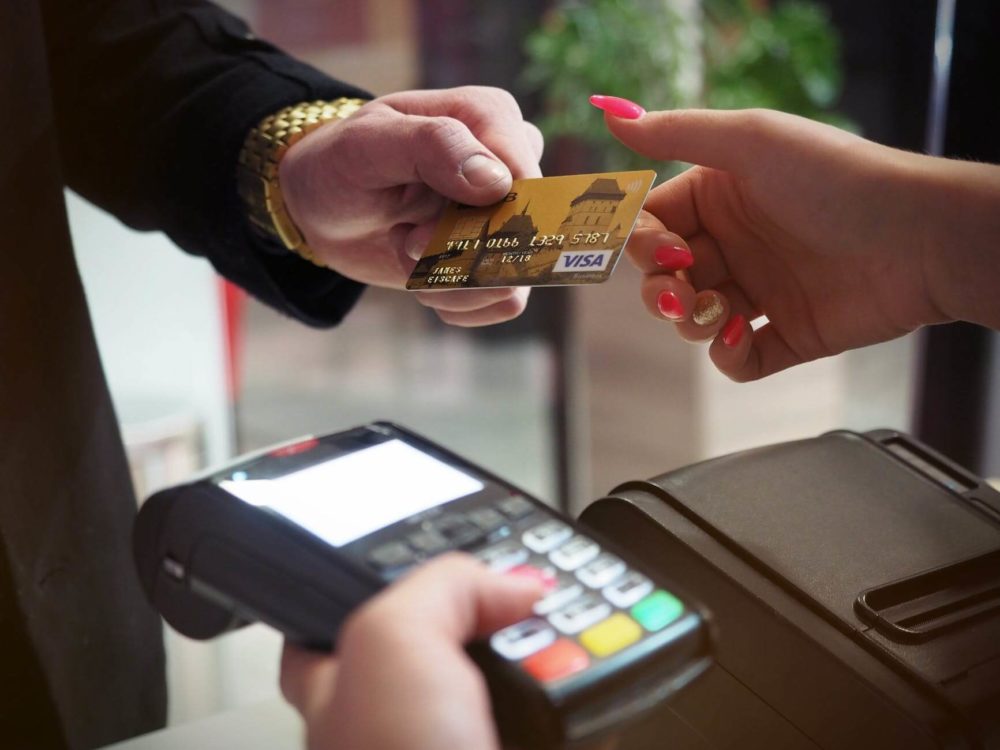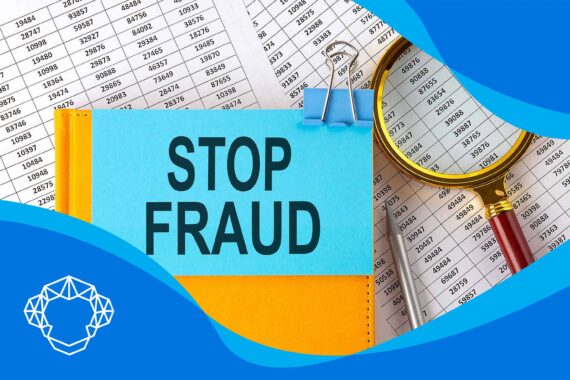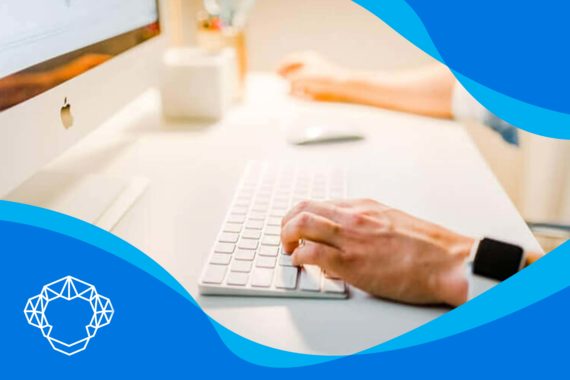Did you know that there are about 1.98 billion credit card transactions each day on a global level? Of course, it’s reasonable to assume many of them will have unplanned problems. Every business owner will experience a payment reversal on a sale now and then. Knowing how this issue should play out and how to combat it is crucial. So, let’s break down the credit card reversal meaning.
Most people today choose to make purchases using non-cash methods from the comfort of their homes. Whether you are running a brick-and-mortar retail store or you have an e-commerce business model, you probably know that some sales don’t go as planned and will end in reversals. The outcomes for both merchants and cardholders may vary depending on the circumstances. While reversals can be common in business, it’s important to note that some may be fraudulent exploitations by the customers. If you end up in a transaction dispute, you should know that such disputes usually favor the cardholder over the small business owner.
What Is a Payment Reversal – The Definition
Did you know that recent estimates tell us that global e-commerce sales are expected to reach $58.74 trillion by 2028? Credit cards are found in most Americans’ wallets, and studies say that 82% of American adults have at least one. With so many cardholders and sales through different types of businesses, customers occasionally need to cancel the purchase for some reason.
That’s when the reversal of credit card transactions takes place. So, what does payment reversal mean? Simply put, when a buyer receives back their funds from a transaction, that process is called a reverse payment. Reverse credit card payment can be carried out by different methods and initiated by acquiring banks, cardholders, merchants, credit card processing companies, or issuing banks.
Examples When Reversals May Occur
Now that we understand the payment reversal definition, the question is – why does it happen? There can be many reasons for reversals. Some of them include merchant errors and mistakes business owners make, and some are caused by the client. There are many examples of situations where transactions may be overturned:
- The payments may accidentally be processed more than once,
- The wrong amount was charged when submitting,
- The product for which the purchase was placed was out of stock but wasn’t updated,
- The description of the product or service was inaccurate and misleading,
- The client has changed their mind and decided to cancel the order,
- The client wants to receive something for free or to commit fraud.
While some reversals are normal even for the most successful small businesses, experiencing too many can be frustrating, but there are ways to combat these situations.

The Difference Between Three Kinds of Reversals
If a customer believes that a charge on their account was fraudulent or has issues with a purchase, they can contact their bank and get their funds back. The payment reversal meaning tells us that each transaction through virtual terminals (and every other non-cash option, like eCommerce payments), can be reversed in three different ways. These are authorization reversals, a refund, or a chargeback. The ideal situation is the one where these don’t happen at all, but let’s explain the pros and cons of each one to see which option is the best.
Let’s Discuss the Authorization Reversal Method
Standard practice for transactions is to be pre-authorized through the ACH (automated clearing house) network when a customer makes a purchase. The issuing banks send the information to both credit card processing and merchant services provider and the business owner that the customer has sufficient funds. Then, an authorization hold is placed through the credit card processing company.
ACH is slow and limited, making these types of reversals a quick-fix option. Errors may occur, as transactions can be initiated even if the information is incorrect. So, can a bank reverse a payment in these situations? If you or your employee notice an error after submitting a transaction, you can call your bank right away to stop it. These types of reversals are preferable to the other two types because the earlier you stop the process, the less hassle there will be.

The Most Commonly Known Payment Reversals Are Refunds
If you’re wondering What does funding reversal mean? – it is the second type, most widely known as refunds. It’s a credit card reversal that is issued after the transactions have completed, but before having to go into a dispute with a customer. You may have already gone through situations where the cardholder is unsatisfied with a product or service purchased and asks for their money back.
With this option, where an authorization can no longer be canceled, the whole process must be reversed. Essentially, the refund process is treated like it is a new, separate transaction. You will be charged interchange fees and other various fees that will occur during the funding reversal. As a merchant, you will create a process similar to the purchase and in the same amount, but in reverse. And if you’re wondering What does reversal mean on a bank statement? – it’s the exact amount of money that was refunded to the client. Hopefully, now you understand the difference between a refund and a reversal transaction.
…And We Must Talk About Chargebacks
Entering a dispute with a customer after they have called their bank to file it is what we call a chargeback. If it’s too late for the previous two options, or the client simply decided to go directly to the bank, you will have to deal with the dreaded return item chargeback. You should understand why this risk should be minimized.
It is as it sounds – the worst option for merchants. It includes all the negative sides of refunds, but in addition to average non-cash processing fees, it comes with some additional drawbacks. These include chargeback transaction fees, damage to your reputation, and above all, a threat to your sustainability. You will also be subject to a loss of revenue and paying for shipping fees. If you go through too many chargebacks, you might become ineligible for a standard merchant account and will be charged an early termination fee. Under the Fair Credit Billing Act, all issuers must offer chargebacks to remedy fraud and abuse. That means if a client files a valid dispute claim, it will result in chargebacks.
These types of reversals may as well be the greatest stress to a business. They are expensive and very difficult to fight and overcome. The whole process can be frustrating and confusing, as it’s hard to recognize what is actual fraud, and what is not. As a business owner, you are obliged to fight them. In the following video, there’s an explanation of the reasons why reversals may occur.
Ways to Protect Your Business From Chargeback and Other Credit Card Reversals
Cases of fraud may occur, but business owners will have no choice but to issue a refund or to face the chargeback. These disputes tend to favor cardholders over merchants, so some will misuse this and receive both the money back and the product or service as well. This is known as credit card fraud. But there are several ways for business owners to protect their revenue.
Tips on Protecting Your Revenue – Use Deflection
To avoid a check card reversal, you can use deflection as a solution. As it happens often, cardholders may not recognize the transactions when looking at their account statements, because descriptions lack sufficient information, and that’s just how credit card processing works. Visa and Mastercard are offering this new solution through your merchant processing company, as they have enabled businesses to send additional information to the statements of cardholders. This will deflect them from filing a dispute and prevent you from paying any additional fees.
The Last Line of Defense – Representment
Representment is not an ideal solution, but it helps you protect your revenue. If a business does not provide sufficient data through a payment gateway for account statements, chargebacks may occur. You will have to go through the whole process of reverse credit card payment, paying the fees and shipping, and your account will be penalized and perhaps categorized as a high-risk merchant account. But recovering revenue is possible if you are able to provide additional evidence that is proof of the cardholder’s purchase.

How Long Does It Take for a Payment to Be Reversed?
The waiting period for reversals depends on their type. In the case of an authorization reversal, things may be settled as fast as 48 hours after it was initiated. Disputes may take much longer to resolve, from 10 business days up to 90. It’s the period needed for the banks to investigate the disputed purchase.

Some Additional Tips Business Owners Should Hear About
A lot of reversals are due to human error, and there’s no foolproof system that can prevent them. Talk to your processing services provider about these software systems:
- Linking authorization request to any future transitioning messages,
- Authorizations characteristics indicator,
- Using a surface trace audit number,
- Keeping track of the duration field,
- When appropriate, using incremental and estimated authorizations,
- Setting up an automated email that will confirm the customer’s purchase, and when they can expect those funds to be withdrawn.
What Are Incremental and Estimated Authorizations?
Both incremental and estimated authorizations are convenient for businesses like car booking, cruise lines, and hotels. These are requests for authorizations on a projected time frame for any charges that could accumulate over that set period. They continue to incur transactions over time instead of waiting until the end. It’s a great way to reduce the chance of a chargeback.

Stay Protected by Acting Quickly and Wisely
By acting quickly and staying clear of chargebacks whenever possible, you will be able to protect your revenue. Although refunding and authorization reversals are not perfect solutions, they are a far better option than everything that comes with chargebacks.
Of course, you should keep in mind that chargebacks will happen from time to time, just like many other unpleasant aspects of running your business. If you want to make things easier for yourself, we suggest getting quality merchant services. This means partnering with a reliable credit card processing company like our Merchant Chimp. Contact us to learn more about our services, and book those your business needs.







